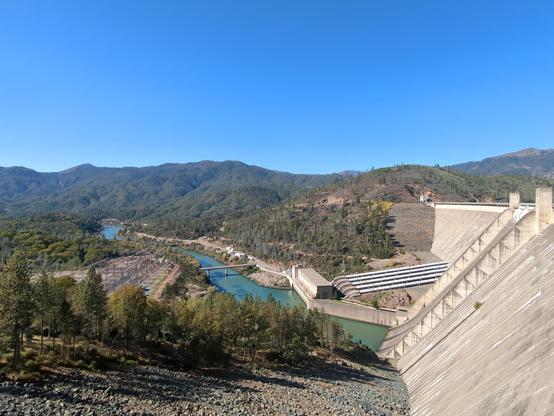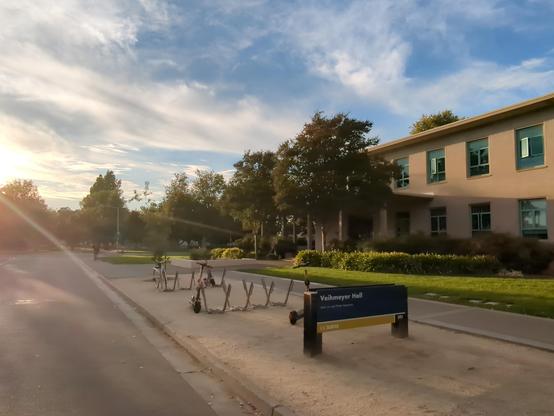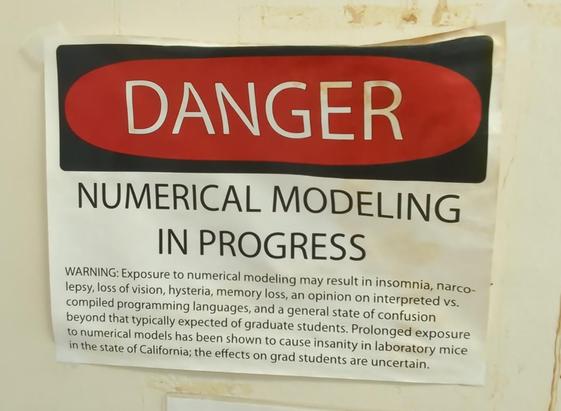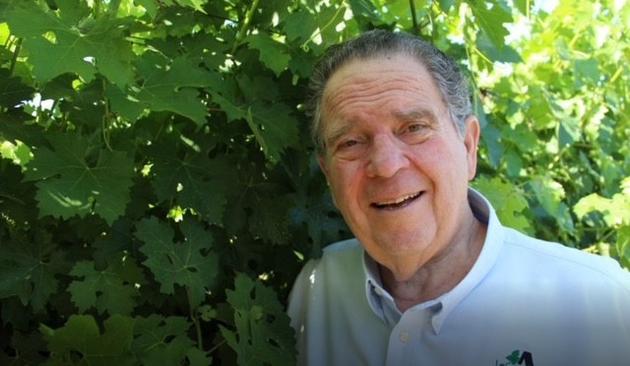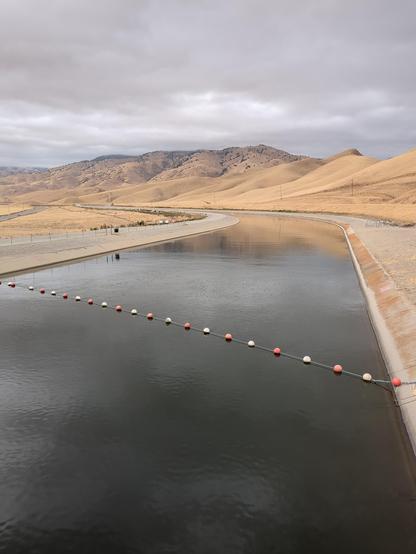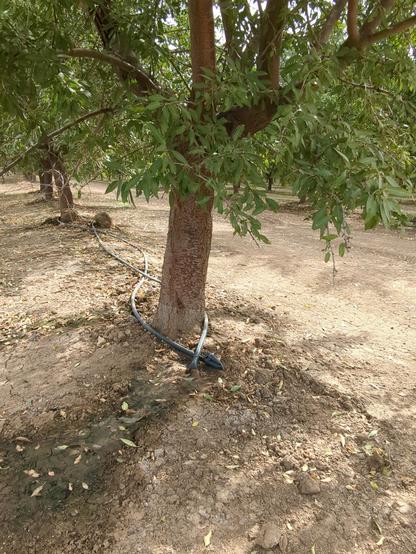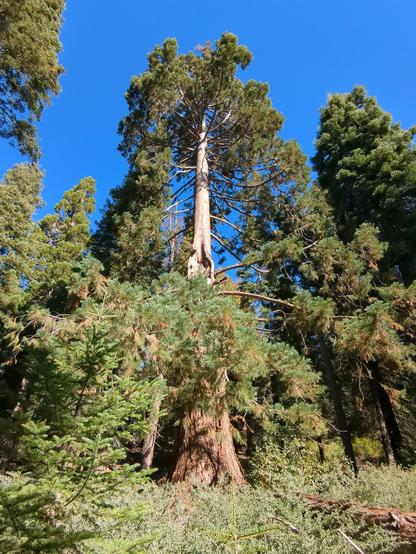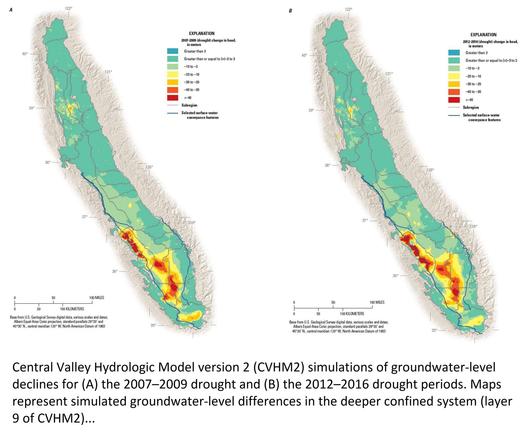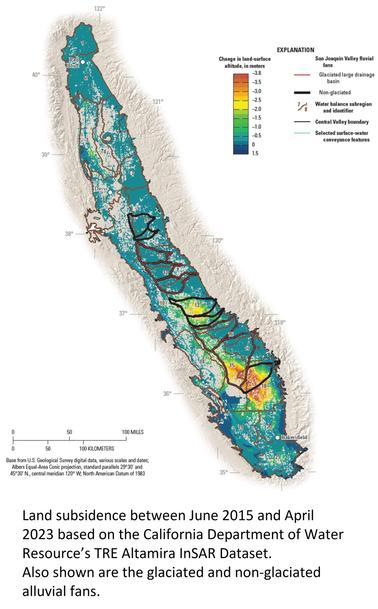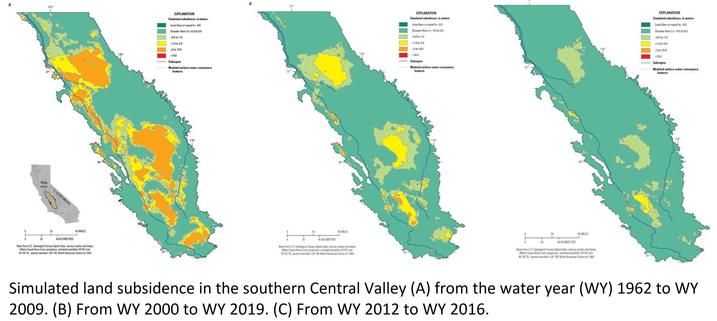California community’s future at risk in fight over declining groundwater, residents say
The Cuyama Valley north of Santa Barbara is one of the areas of California where groundwater levels have been rapidly dropping,
and where water continues to be heavily pumped to irrigate thousands of acres of farmland.
A group of agricultural landowners in 2021 sued other property owners throughout the valley,
asking a judge to determine how water rights should be divided.
That case, called a water adjudication, sparked an outpouring of opposition and prompted residents to organize a boycott of carrot-growing companies that are the valley’s biggest water users.
Participants have put up signs and banners reading “Boycott Carrots” and “Stand with Cuyama Against Corporate Greed.”
As the meeting began, some residents said the court case is saddling them with thousands of dollars in legal bills.
Others said they fear the lawsuit could undermine the parallel process of limiting pumping under the Sustainable Groundwater Management Act, or #SGMA
A meeting in late June offered a chance for people to share their fears not only with neighbors, but with three visiting state legislators and a high-ranking water official from Sacramento.
Those attending included state Sen. Monique #Limón (D-Goleta), Assemblymember Gregg #Hart (D-Santa Barbara) and Sen. Melissa #Hurtado (D-Sanger).
Brenton Kelly, a community facilitator, said groundwater levels have dropped about 500 feet in part of the valley over the last half-century.
He pointed to data showing “a consistent extraction of more than twice the natural recharge.”
The local plan calls for cutting water use by as much as two-thirds by 2040.
But five years into its implementation, Kelly said, there haven’t yet been substantial reductions in pumping.
On lunch tables decorated with olive branches, organizers placed a packet of papers with numbers and graphics.
A color-coded map marked areas of rapid depletion in red and orange.
It read: “The big pumpers are pumping us dry.”
“We have the power dynamics of essentially David and Goliath, where we have a couple of powerful entities that are in control,” Kelly said.
“And then we have a disadvantaged community that’s trying to preserve its natural resources.”
https://www.latimes.com/environment/story/2024-07-03/cuyama-valley-residents-say-water-fight-casts-pall-over-community
